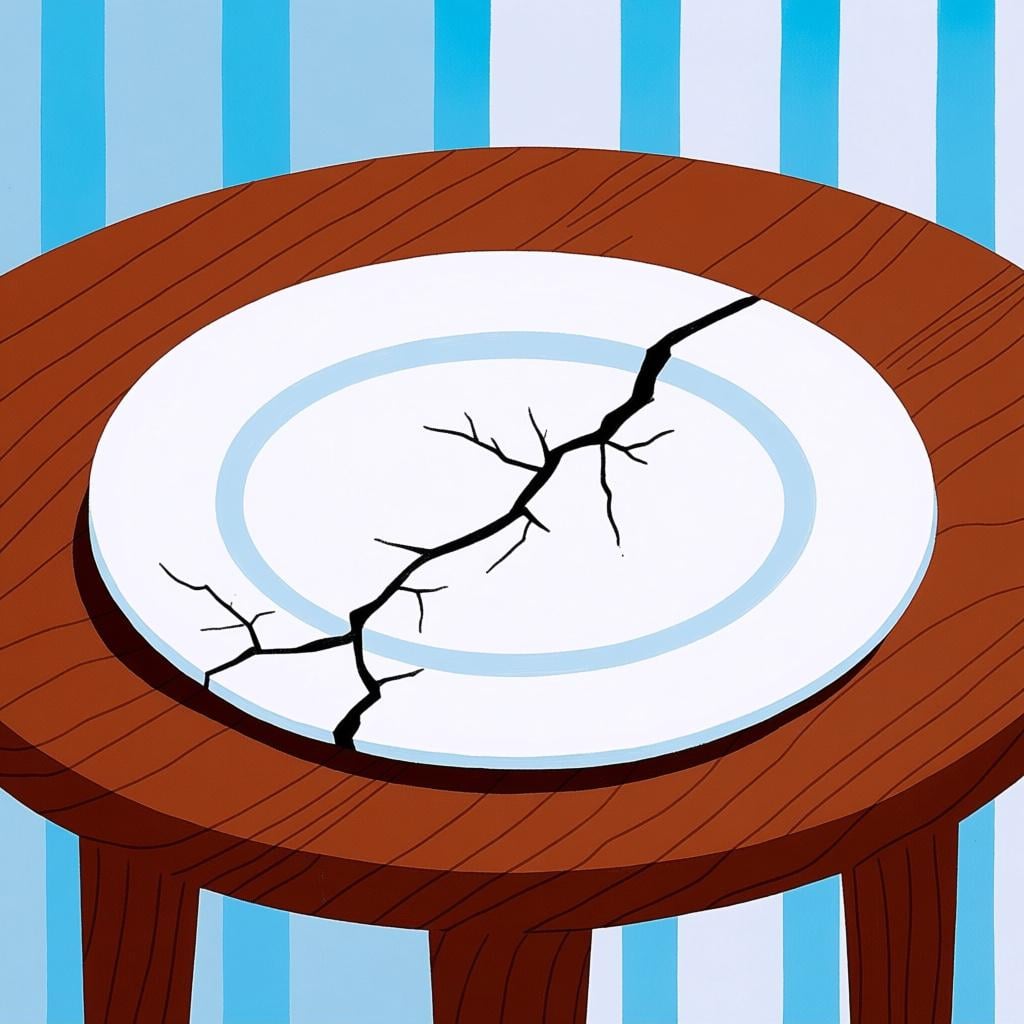daño
/DA-nyo/
damage

As a noun, daño means damage or harm, typically physical or material, like a broken item.
daño(Noun)
damage
?physical or material harm
,harm
?general negative effect
injury
?physical harm to a person
,loss
?financial or abstract harm
📝 In Action
La tormenta causó mucho daño a los cultivos.
B1The storm caused a lot of damage to the crops.
Fumar hace daño a la salud.
A2Smoking does harm to your health.
El coche sufrió daños leves en el accidente.
B1The car suffered minor damage in the accident.
💡 Grammar Points
Using 'Hacer' with Daño
To say something 'causes harm' or 'hurts', you almost always use the verb 'hacer'. Think of it as 'to do/make harm'. For example, 'El sol hace daño a la piel' (The sun harms the skin).
❌ Common Pitfalls
Damage vs. Damages
Mistake: "Quiero daños por mi coche roto."
Correction: In Spanish, if you're talking about legal 'damages' (money you get for a loss), you use the plural form: 'Quiero daños y perjuicios'. For physical damage, you usually use the singular 'daño'.
⭐ Usage Tips
Physical vs. Emotional Harm
'Daño' is very flexible. It can describe a dent in a car ('daño material'), harm to your health ('daño a la salud'), or even emotional pain ('daño emocional').

The word daño can also be the 'yo' (I) form of the verb 'dañar' (to damage or to harm), describing an action I perform.
📝 In Action
Si no tengo cuidado con el martillo, daño la pared.
B1If I'm not careful with the hammer, I damage the wall.
No quiero decirte esto porque sé que te daño.
B2I don't want to tell you this because I know I hurt you.
💡 Grammar Points
Recognizing the 'I' Form
This word, 'daño', is the present-tense 'I' form of the verb 'dañar'. Most regular '-ar' verbs form their 'I' version by dropping the '-ar' and adding '-o'.
❌ Common Pitfalls
Noun or Verb?
Mistake: "Yo daño a mi coche."
Correction: While grammatically okay, it sounds more natural to say 'Le hice daño a mi coche' (I did damage to my car) or simply 'Dañé mi coche' (I damaged my car) using the past tense. The present tense 'daño' is less common in everyday speech.
🔄 Conjugations
indicative
present
preterite
imperfect
subjunctive
present
imperfect
✏️ Quick Practice
💡 Quick Quiz: daño
Question 1 of 2
Which sentence correctly uses 'daño' to talk about something being harmful?
📚 More Resources
Frequently Asked Questions
What's the difference between 'daño' and 'lesión'?
They are very similar! 'Daño' is more general and can refer to any kind of harm or damage, to a person or an object. 'Lesión' almost always refers to a physical injury on a person or animal's body, like a cut or a sprain.
Can I say 'Mi corazón tiene daño' for a broken heart?
While people would understand you, it sounds a bit clinical. It's much more common and natural to say 'Tengo el corazón roto' (I have a broken heart) or talk about 'daño emocional' (emotional harm).